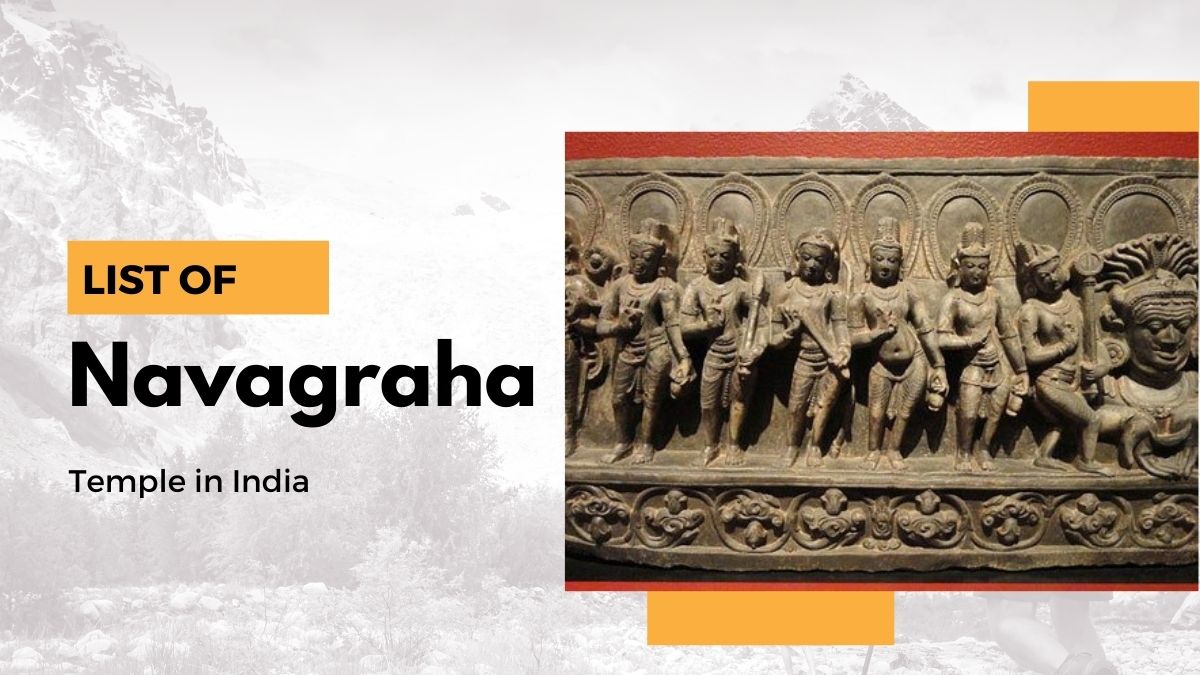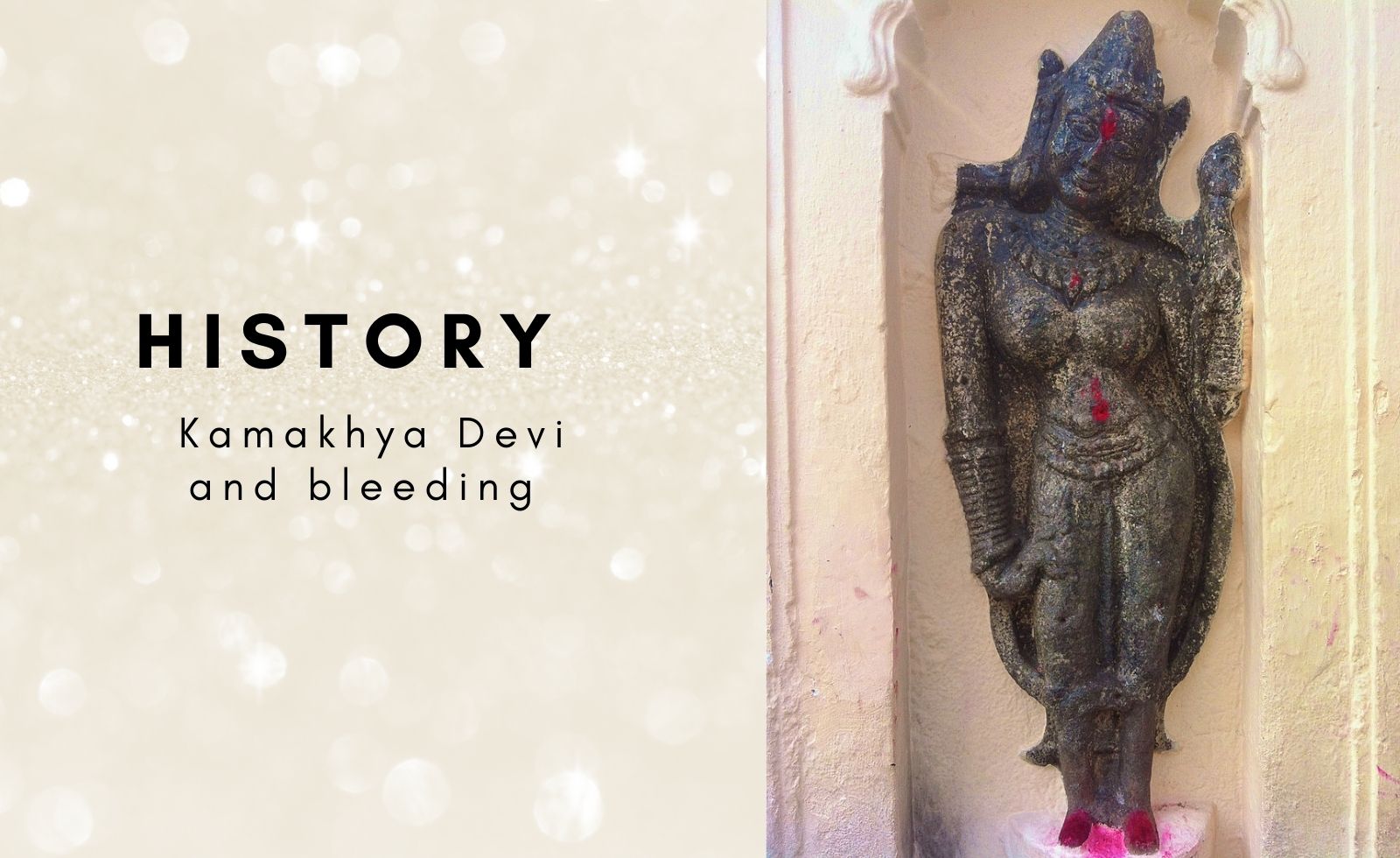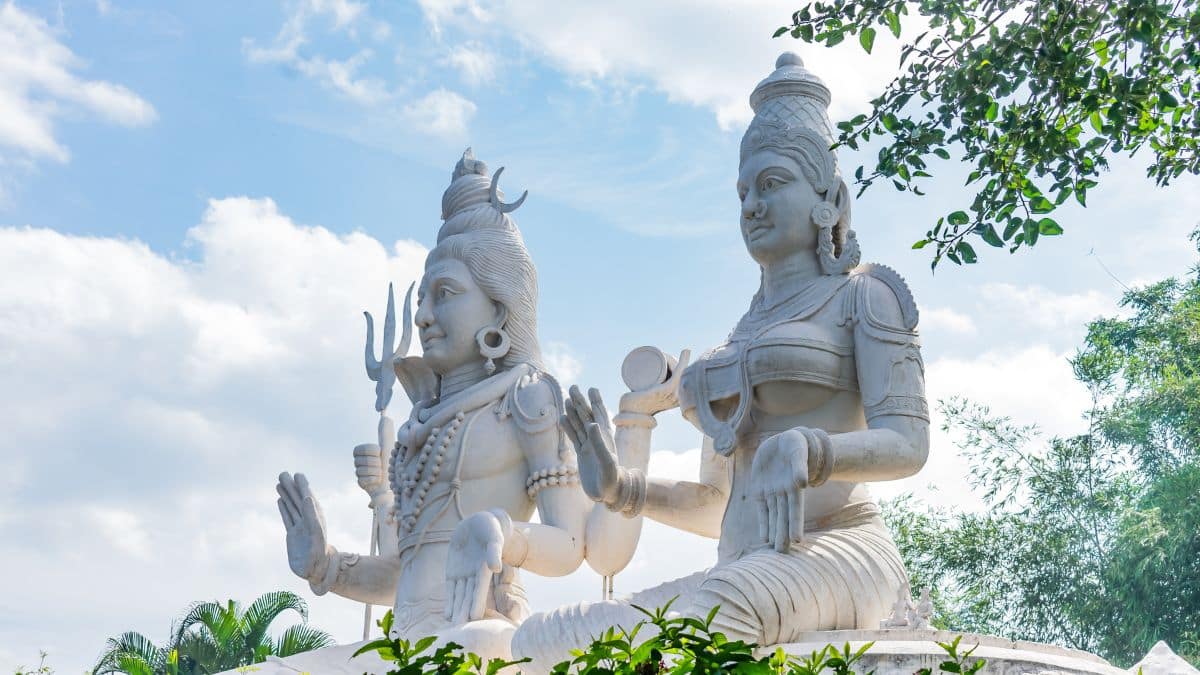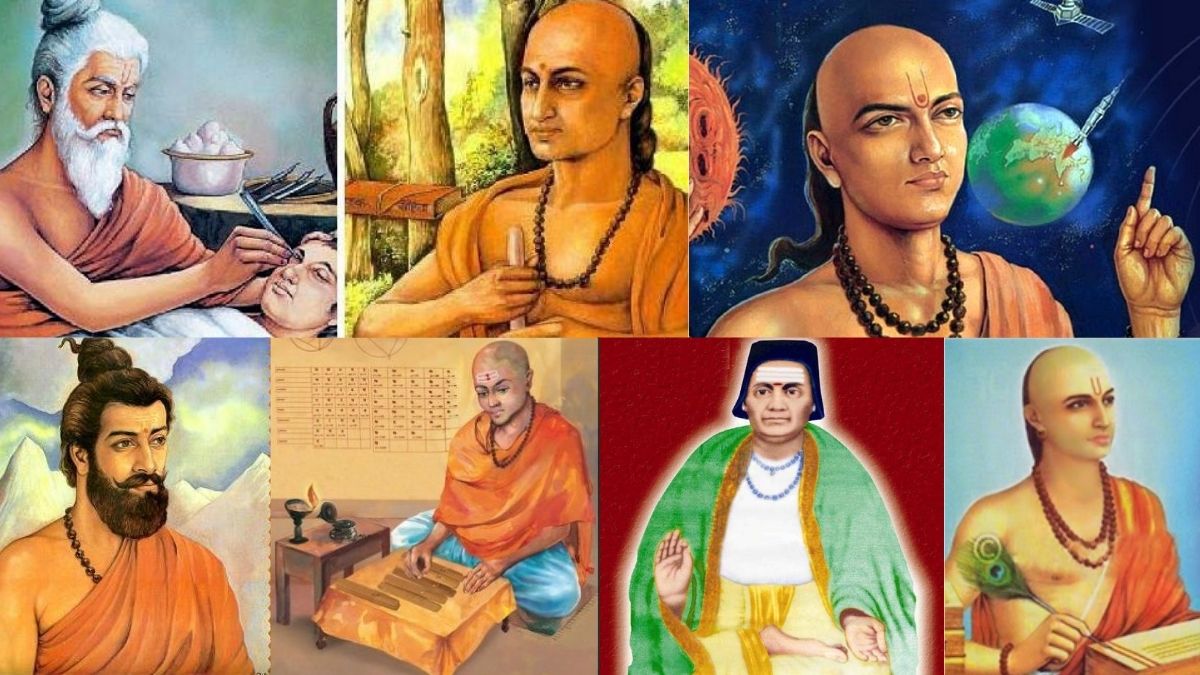
Looking for Ancient Indian scientists and their inventions? Then, you are in the right place. One of the earliest civilisations in the world, situated in and around the river Indus, the Indus Valley civilisation was known to be an advanced civilisation compared to the times. The people of this place also led structured lives not very different from our own. They also had cities built of brick, a proper sewage system and multi-storeyed houses.
From the advent of this civilization, many more civilizations sprang up. The next civilization was better than the previous one and our ancestors kept on building and accumulating knowledge. Even in those days what set those civilizations apart from the rest of the world was the inquisitiveness of the people who went on to become great scientists.
Our sages were scientists and back in those days, religion and science were not that different from each other and that is why even to this day we have so many rituals that have scientific meaning behind them. These scientists were instrumental in advancing knowledge and technology forward improving the lives of people back then.
In this post, I have discussed famous scientists of Ancient India whose discoveries propelled India to greater heights and helped Ancient India become unrivalled in the world.
Contribution of ancient Indian scientists
01. Aryabhatta
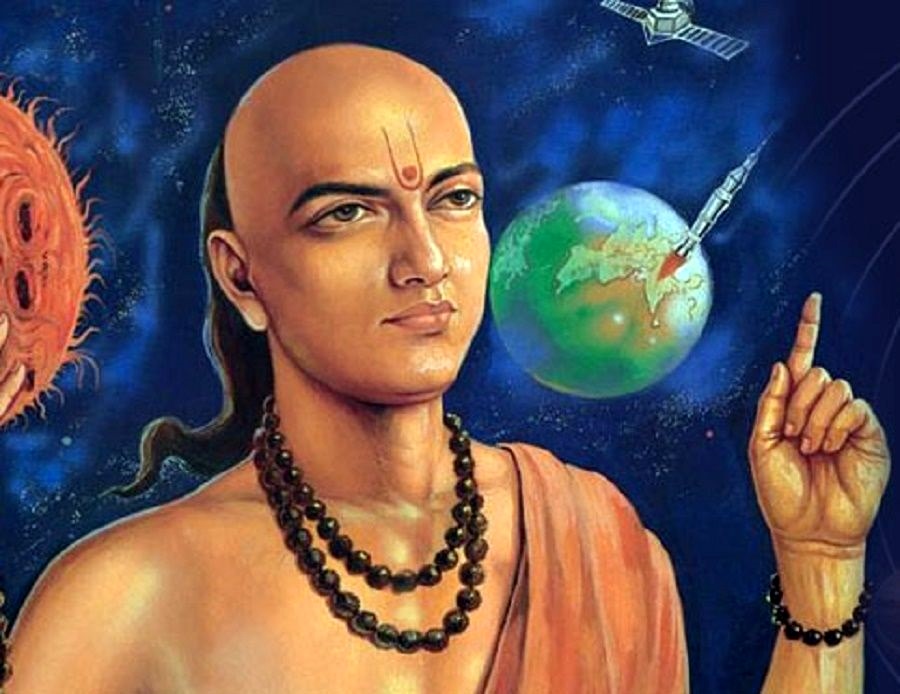
Aryabhatta was a great Indian mathematician and astronomer who is known for his famous invention of zero. He flourished in the Gupta era and discussed important concepts like the determination of square and cube roots, arithmetic progression, and quadratic, linear and indeterminate equations. He even calculated the value of pi the fourth decimal digit 1300 years before Lambert did the same. His contribution to the field of mathematics was so immense that his works were translated into Arabic and it gave rise to the Islamic Golden Age. He also discovered the important fact that the earth rotates on its own axis leading the stars to move westwards. He is also considered a physicist because he correctly identified that the luminosity of the moon and other planets are due to reflected sunlight.
02. Brahmagupta
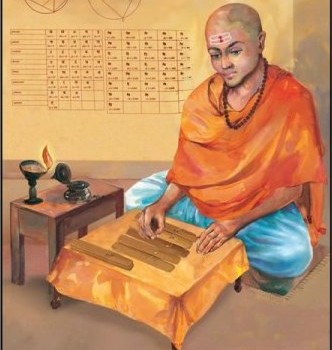
Brahmagupta is also a famous astronomer and mathematician who further expounded the foundations laid by Aryabhatta. He gave the world extensive rules to compute with zero. He solved many problems in mathematics and was able to calculate the conjunctions of solar and lunar eclipses just like Aryabhatta.
03. Charaka

Charaka was a great sage in Ancient India who was also a very qualified doctor and scientist and is considered the father of Ayurveda. He wrote and edited the famous medical treatise the Charaka Samhita which is the foundational text of Ayurveda and believed and propagated the concept that prevention is better than cure on which modern medicine is founded. He paid attention to the patients surrounding and environment as well when prescribing treatments. Charaka also studied the anatomy of the human body in great detail and rightly considered the heart as the controlling centre of the human body. He also preached what modern doctors advise us today, that most diseases can be avoided if we practice and maintain good lifestyles.
04. Sushruta
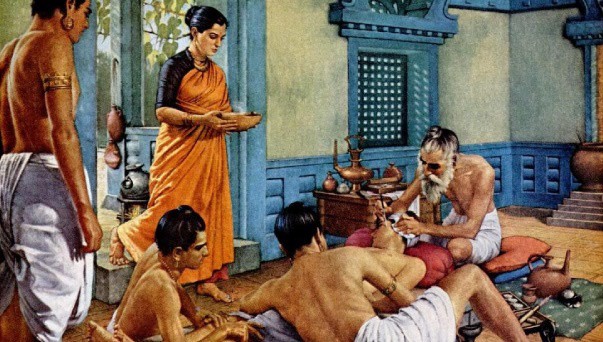
Another great scientist and surgeon is Sushruta who has written the famous Sushruta Samhita which is from Ancient India and has survived all these years. Sushruta is also called the father of surgery as he invented and developed surgical procedures. He is also the father of plastic surgery as he invented and perfected the technique of rhinoplasty i.e. the reconstruction of the nose by using the skin from the forehead. This method has remained constant and is still used in the same way. He also conducted successful cataract surgeries. Sushruta had groundbreaking ideas like classifying burns into 4 degrees a practice that is still used today, and wisely advocated the practice of mock operations on inanimate objects like watermelons, clay pots and reeds. He realised the significance of ethics in the field of medicine and proposed a code of ethics for medical practitioners, teachers and students as well.
05. Bhaskara
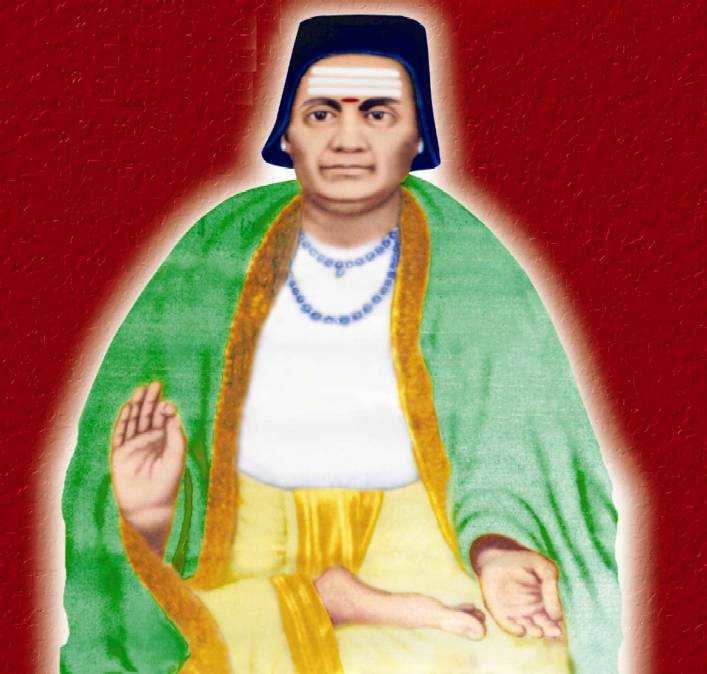
Bhaskara I was the most important pupil of Aryabhatta’s school and a brilliant mathematician and astronomer in his own right. He was the first person known to have used the Hindu decimal system, which used the shape of ‘o’ (a circle) to denote the value of zero. He also wrote a commentary on Aryabhatta’s work and further elaborated on it. The main contribution of his is that he used numbers is a positional system for mathematical applications. His contributions to the field of astronomy are well known and his treatise Mahabhaskariya contains 8 chapters dedicated to mathematical astronomy. He discusses topics related to the “longitudes of the planets; association of the planets with each other and also with bright stars; the lunar crescent; solar and lunar eclipses; and rising and setting of the planets.”
06. Varahamihira
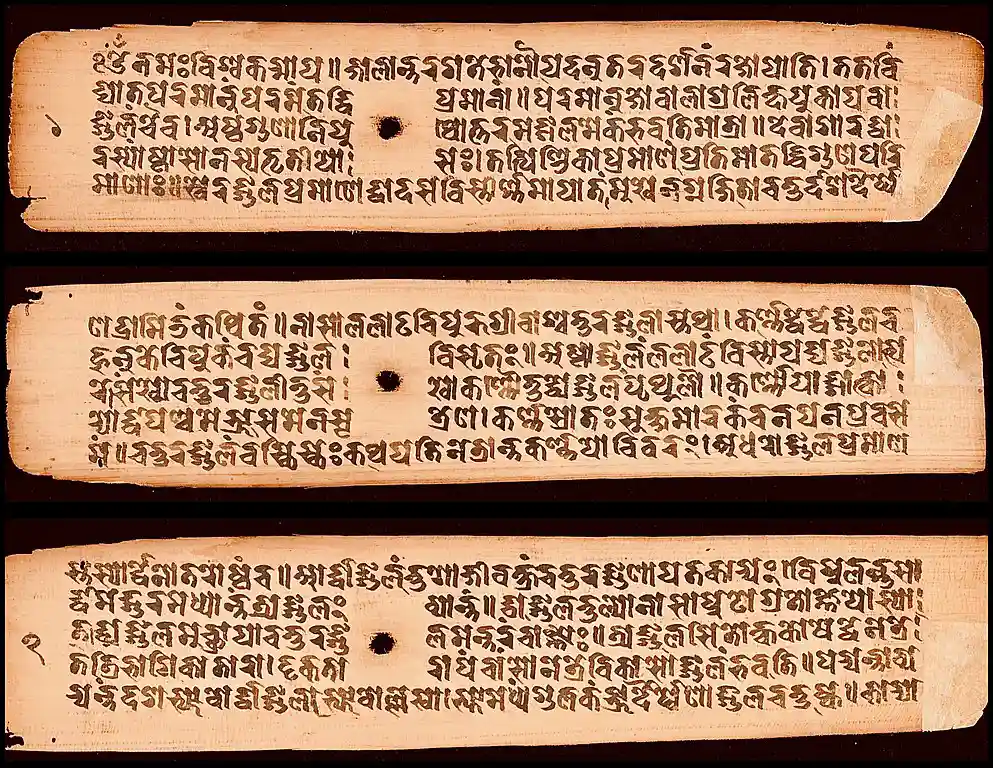
Varahamihira was a famous scientist in Ancient India who lived and worked in modern-day Madhya Pradesh. This ancient Indian astronomer and polymath composed and edited the book called Brihat Samhita which is an encyclopaedia encompassing various topics such as astronomy, planetary movements, eclipses, rainfall, clouds, architecture, growth of crops, manufacture of perfume, matrimony and domestic relations. He also improved upon the sine tables of Aryabhatta and composed many treatises in his life that have survived through the ages and shed light on many lost works of Ancient Indian scientists who contributed immensely to the field of astronomy, physics and mathematics. He is also the first scientist to mention the shifting of the equinox around 50.32 arc seconds every year.
07. Bhaskara II
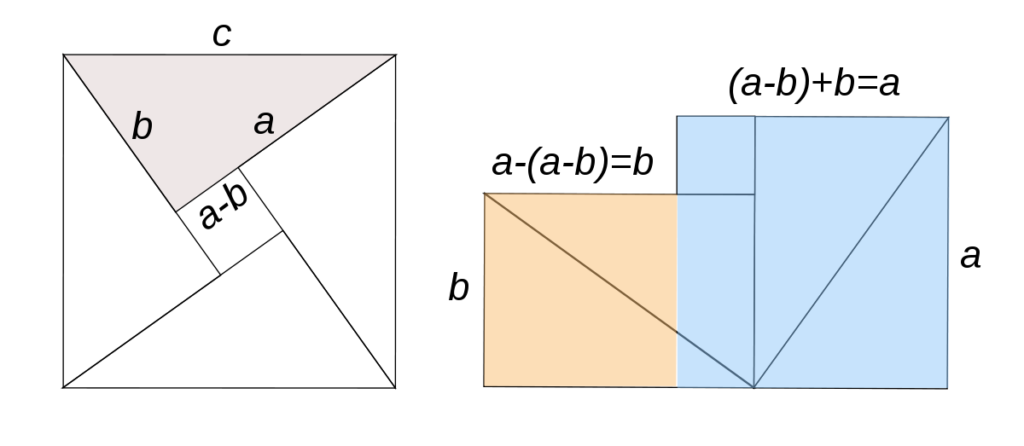
Bhaskara II was a well-known scientist who was born in modern-day Karnataka and was the leader of a cosmic observatory in Ujjain. The work that he did on Calculus predates Newton’s and Leibniz by a long time. He further extended and developed the work of his predecessors like Aryabhatta, and Brahmagupta with proficiency in various fields of mathematics including trigonometry, calculus, algebra, and arithmetic. He also accurately calculated the time earth takes to revolve around the sun and concluded it as 365.2588 days. The modern accepted measurement is 365.25636 days and there is a difference of 3.5 minutes only.
08. Kanada
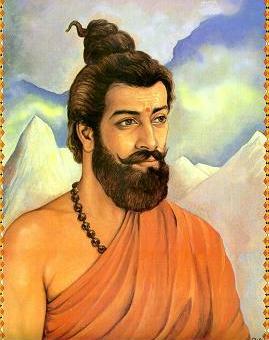
Kanada is another great scientist of Ancient India who made some of the best discoveries in physics. He correctly theorised that the atom is spherical and went on to elucidate protons and neutrons and derived laws of motion which are quite similar to Newton’s laws of physics. He also built the idea of atoms further by that atoms can combine with other substances forming diatomic molecules or triatomic molecules. Along with being a great scientist he also influenced Indian philosophy and various texts mention him. He founded the Vaisheshika school of Indian philosophy which represents the earliest Indian Physics.
Conclusion
Ancient India had many amazing thinkers, philosophers, scientists and mathematicians whose contributions predated some of the contributions made by scientists today. Their ideas were not only innovative but they were far-reaching as well. They were certainly ahead of their times and their contributions to science were so progressive that their inventions are still being used to this day.
Most of the ancient Indian scientists made discoveries that predated western scientists by centuries and enjoyed great privilege and respect for their discoveries. Through their unprecedented thinking, their ideas went to benefit society for the better and made Ancient India great.
Frequently Asked Questions
Also Read : History of Kamakhya Devi and bleeding



